Finding winter plants that can withstand snow and frost can be a challenge. Sure, you can find plenty of hardy plants that’ll survive, but that’s not the same as them growing and flowering in the winter months.
Below, we’ll cover our top picks for outdoor plants for winter. There’s a mix of ones that’ll stay alive – providing greenery – and others that’ll grow and bloom in early spring. Hopefully, combining the two means you’ll have a green outdoor space through winter.
Make sure to also check out our article on winter planters so you know which pots to get and which ones to avoid!
What do we mean by cold climates?
In this article, we’re specifically looking at hardy plants that can survive in USDA Hardiness Zones 6 and below. This essentially equates to northern USA and Canada, which get snow over the winter. If you’re in mid USA and below, or on the coasts, you don’t have much to worry about.
But Canadians should note that plants sold in the country use a different zone rating. It’s more complex than America’s, and, annoyingly, the numbers don’t match. For example, Toronto is USDA Zone 5 but Canadian Zone 6. You can find a map of the Canadian zones here.
Factors to consider when picking winter plants
When choosing outdoor plants for winter, you need to balance several factors. These include:
What you want from the plant
This might sound obvious, but do you want the plant to give you flowers over winter or just greenery? In snowy climates, even an evergreen shrub can be enough for a bit of brightness.
Of course, if you want winter flowers, you might be a bit more limited with your options, particularly in very cold areas.
Size of your space
For backyards, you’ll have plenty of options for winter plants. This is because many of them will be evergreen trees, albeit small ones. But if you’re looking for winter plants for a balcony or terrace, you’ll obviously want something smaller.
Also consider whether your space is sheltered, both from wind and snow/rain. It can have a marginal impact on the plant’s ability to survive. As such, you could try looking for plants from a lower zone, but this will be a risk. But if you have a south-facing, sheltered veranda, for example, you could get away with it.
Using growing aides
While a grow light or heat lamp might be tempting, it won’t be worth it in outdoor spaces. If it’s cold and snowy, neither will make a big enough difference to the ambient temperature around the plant. They’ll just run up your electricity bill instead and maybe melt some snow.
One option is to invest in a greenhouse, either a permanent or temporary one. A greenhouse can be up to 30 degrees F warmer than outside temperatures, providing it’s well insulated. A plastic sheet greenhouse will never reach these temperatures, but putting a heat lamp inside it will at least keep things warmer.
8 best winter plants for cold areas
1. Red twig dogwood – best for easy winter color
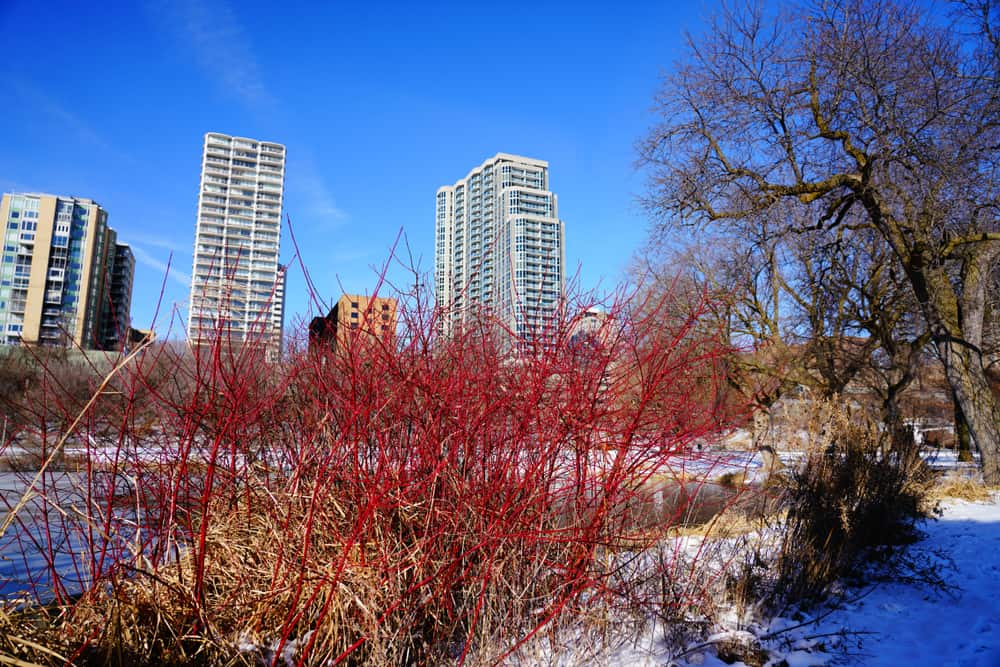
Sure, red twig dogwood isn’t the most amazing plant, but it’s ideal for cold areas in the winter. It turns red in fall and grows big white berries in winter. As such, it provides some well-needed color in colder months.
Better yet, it’s perfectly suited to USDA Zones 3-8 and can happily live in containers or in the ground.
2. Lily of the valley – best for spring flowers

Lily of the valley won’t give you much in winter, but it’ll bloom in early spring. That said, if you have a mild season, you might get some winter flowers too. Its flowers are fragrant and look great in pots and flowerbeds.
3. Camellia – best for winter flowers
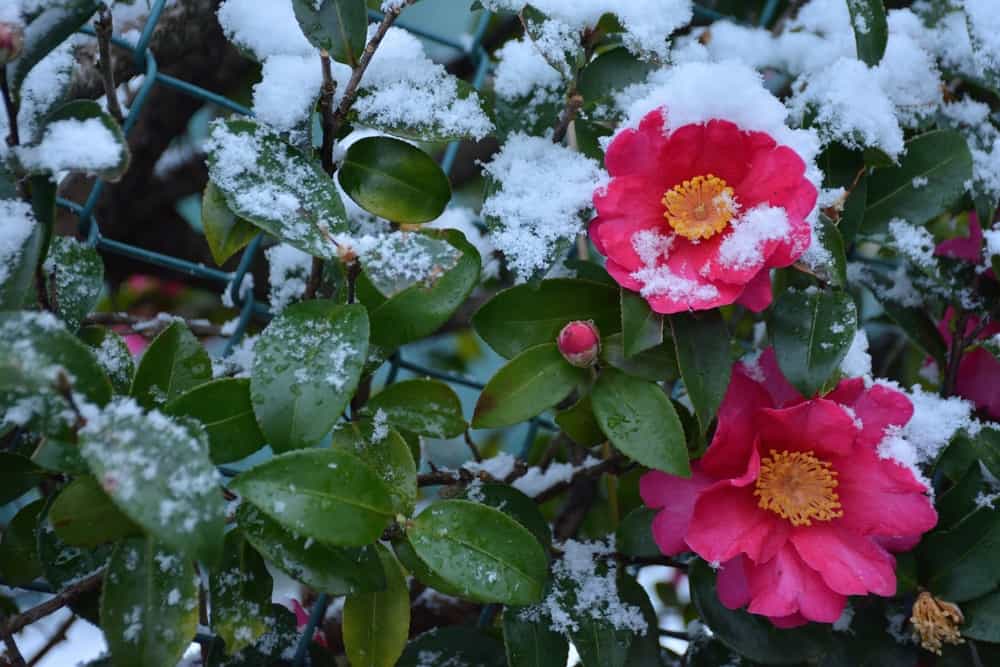
Camellias aren’t super hardy plants, but will do well in a sheltered space. They flower in winter, giving you a nice burst of color, and the glossy leaves are a deep green. Although rated as USDA Zone 6, you can get away with growing them in slightly colder climates if they’re sheltered.
4. Winterberry – best for keeping birds happy
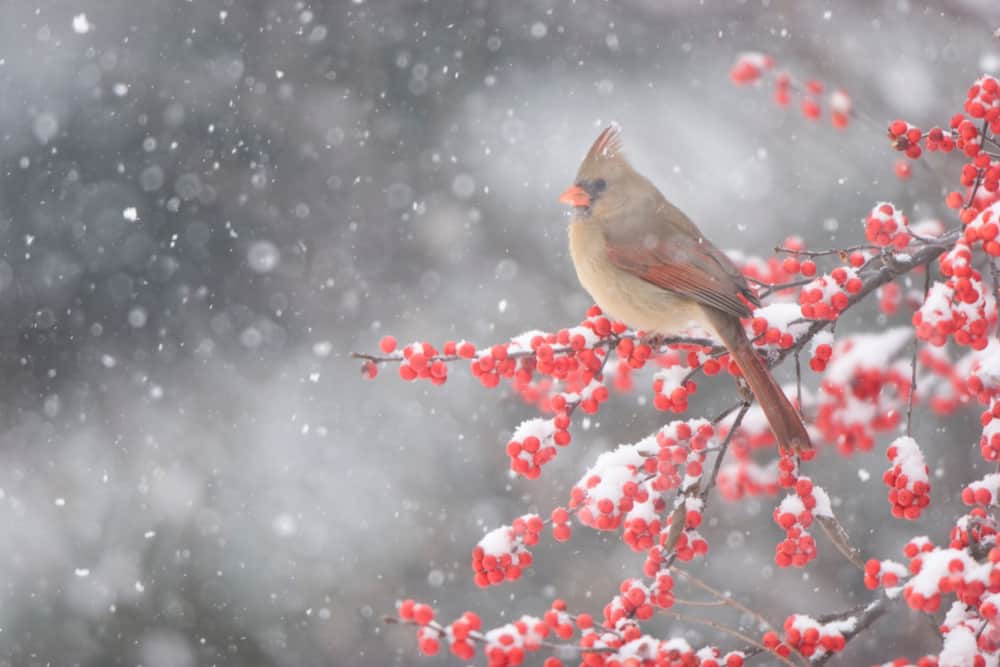
Winterberry is, unsurprisingly, a shrub that provides berries in winter. It’s a type of holly, but it doesn’t have spikey leaves. Winterberries are hardy plants that’ll survive almost anywhere and will do well in pots and in the ground.
Birds love the berries, and cuttings also look great in winter floral arrangements. Note, though, that the berries are toxic to people and cats and dogs. As such, it won’t be a great choice if you have pets or kids.
5. Siberian cypress – best for winter privacy
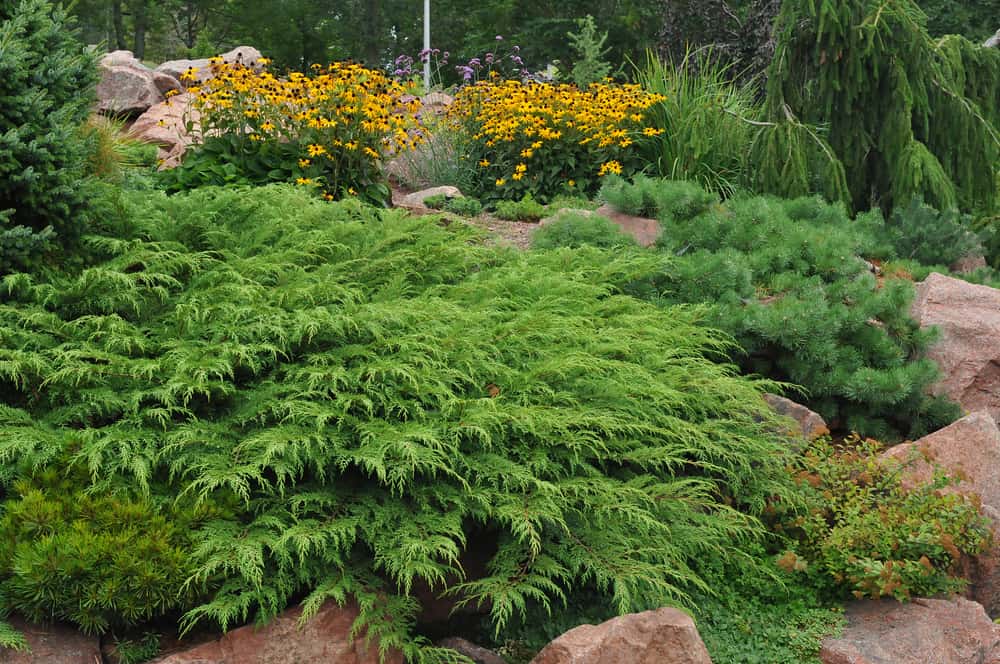
If this plant can survive Siberia, you know it’ll do fine in North America. The green leaves turn purple-brown in the winter, giving you an interesting burst of color. Due to its size, you’ll want to plant it directly in the ground.
6. Blackcurrant – best winter plants for fruit

Granted, you won’t get currants in the winter, but they’re one of the few berry bushes that can survive cold climates. The trick is to trim back damaged branches in the early spring, and the bush should bounce right back.
7. Ivy – best climbing plant

Ivy isn’t the most interesting plant, but it’s one of the few winter plants that climbs. Depending on the variety, you might even get some foliage color change in the colder months. English ivy, Boston ivy, and Virginia creeper are all rated for USDA Zone 4.
8. Cyclamen – best for small pots
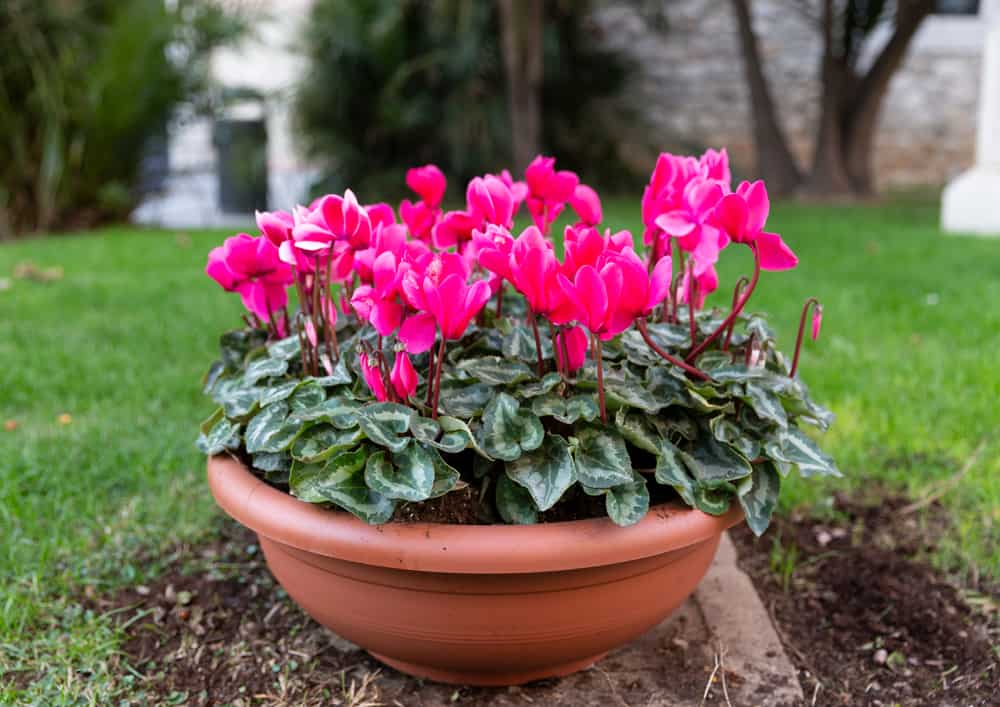
Cyclamen are winter flowers that provide amazing color. Better yet, they’re compact, meaning they look great in small border pots. You could even put them in hanging pots. They’re rated as USDA Zone 5, but you could get away with growing them in Zone 4 if your outdoor space is sheltered.
Final thoughts on winter plants
Choosing outdoor plants for winter in colder areas means being more selective. However, with a bit of care, you can find a good selection of winter plants that’ll provide color and interest. The best thing to do is use the Hardiness Zone system to see what works in your area.
